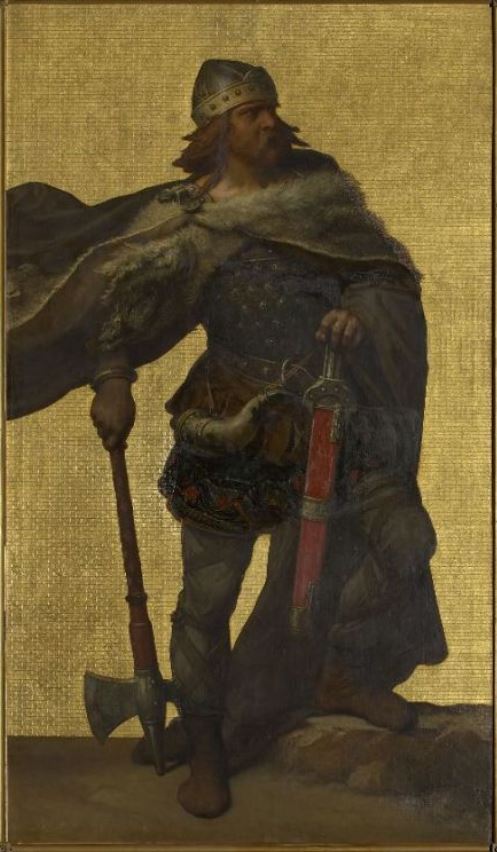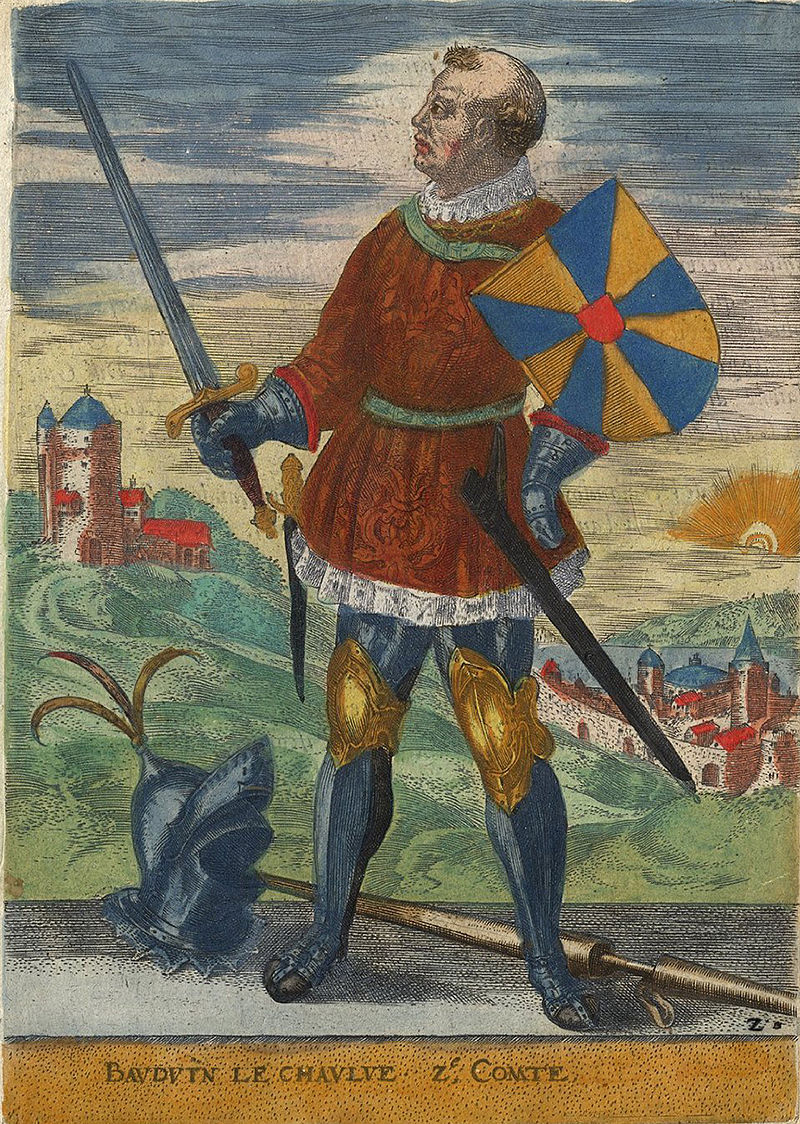The relations between the House of Habsburg and Belgium are quite old and very deep, ranging from the Habsburg sovereignty over this land to royal marriages in recent history. A short thread below 👇 #twitterstorians
The Habsburgs arrived in the history of these land in 1477 when Mary of Burgundy married Maximilian of Habsburg, this would lead to so called Habsburg Netherlands after Mary's death in 1482, who was succeeded by her son Philip. 



In the late 16th c. the Northern part went its own way as the Dutch Republic, whilst the South remained a partially autonomous part of the 'Habsburg composite monarchy' and would remain so - with the odd hickup - till 1794.
These lands were governed by both the Spanish branch and the Austrian branch (since 1713) until the French invaded and annexed the Habsburg Netherlands in 1794, thus ending the Habsburg rule. 



In 1830 the Kingdom of Belgium was born and Leopold of Saxe-Coburg and Gotha installed as King of the Belgians. Obviously new links with established monarchies were sought for marriage unions and the presitigious House of Habsburg was a principal target. 

In 1857, Leopold I's daughter Charlotte married Maximilian, Emperor Franz Joseph's brother. The couple settled in Milan where Max governed as Viceroy of Lombardy-Venice. In 1864 they moved Mexico where Max became Emperor, but all ended in tragedy when Max was executed in 1867 





After this event, Charlotte suffered from lifelong mental issues and settled in the Castle of Bouchout, not far from Brussels. During WWI, German troops were ordered not to enter the domain as Charlotte was the Austrian Emperor's sister-in-law. 



In 1853, Leopold (II) married Maria-Henriette of Austria, d. of Joseph, Palatine of Hungary and granddaughter of Emperor Leopold II. This was an unhappy marriage and completely fell apart after the death of their only son, Leopold, Count of Hainaut. 





In 1881, Leopold II's daughter, Stephanie married Crown Prince Rudolf of Austria-Hungary. Although this marriage was initially quite happy it soon unraveled - conflicting personalities - and Rudolf got a string of mistresses. In 1889 Rudolf and his mistress committed suicide. 







The couple had one child, Archduchess Elisabeth Marie of Austria, would be known as the "The Red Archduchess" as she had sympathy for the socialist cause and even joined the Austrian Social Democratic Party. 

Another link can be established between Queen Elisabeth of the Belgians (wife of King Albert I) and the famous Sissi as Queen Elisabeth's father Carl Theodor was Sissi's brother. 







In 1984, Princess Astrid - d. of King Albert II - married Archduke Lorenz of Austria-Este, grandson of Austria's last Emperor Karl I - through Karl's second son Robert -. Lorenz is the head of the Austria-Este branch and claimant to the Duchy of Modena and Reggio. 



• • •
Missing some Tweet in this thread? You can try to
force a refresh




















